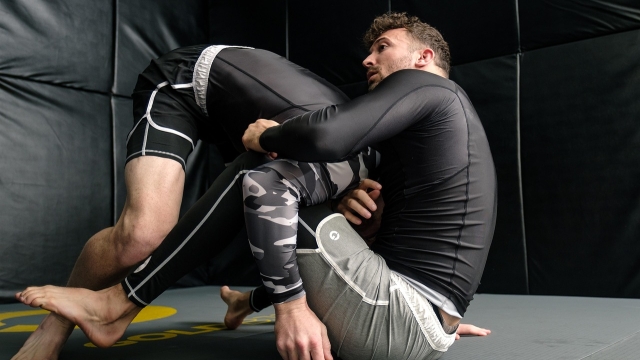
In the world of martial arts and competitive sports, the ability to effectively execute and defend against submission techniques is vital for any practitioner or athlete. Whether you are engaging in Brazilian jiu-jitsu, mixed martial arts, or even grappling, mastering submission techniques can significantly enhance your performance and strategic edge. This article explores the concept of submission mastery, delving into the fundamentals of submission techniques, common moves and their applications, as well as training drills designed to refine your skills.
Understanding the Fundamentals of Submission Techniques
At its core, submission mastery revolves around the understanding and application of techniques that can compel an opponent to concede. This is often achieved through joint locks or chokeholds that target specific vulnerabilities in the body. To grasp these concepts, it’s essential to focus on the principles of leverage, body mechanics, and positional control.
Leverage is crucial; it allows a smaller or less powerful individual to control a larger opponent by utilizing angles and weight distribution. Body mechanics, including hip movement and grip control, play a significant role in executing submissions effectively. Positional control involves maintaining advantageous positions that limit an opponent’s movements while maximizing your own ability to apply techniques. Understanding these foundational concepts sets the stage for more advanced submission mastery.
Common Submission Moves and Their Applications
Once you have a solid grasp of the fundamentals, it’s time to explore specific submission techniques. Here are some commonly practiced moves, along with their applications:
1. Rear Naked Choke
The rear naked choke is a powerful and effective submission that targets the neck, cutting off blood flow to the brain. To execute this move, position yourself behind your opponent, securing their back. Wrap one arm around their neck and use your other arm to lock it in place, applying pressure with your forearm. This technique is particularly effective when your opponent is standing or on the ground, showcasing the importance of positional advantage.
2. Armbar
The armbar is another popular submission, focusing on hyperextending the opponent’s elbow joint. To perform an armbar, isolate one of your opponent’s arms, preferably while in a guard position. Use your legs to create a fulcrum, extending their arm while maintaining control of their body. This move can be applied from various positions, making it versatile and valuable for any practitioner.
3. Triangle Choke
The triangle choke is a submission that combines elements of guard play and leverage. By trapping your opponent’s head and arm between your legs, you create a triangle shape that restricts blood flow. This move requires precise timing and control, making it an effective tool for submission mastery. Practicing this technique can help you develop a keen sense of timing and positional awareness.
Training Drills to Enhance Submission Mastery
To develop your skills in submission mastery, incorporating specific training drills into your routine is essential. Here are some effective drills that can help you refine your techniques:
1. Flow Drills
Flow drills involve practicing a series of submissions and transitions in a fluid manner. Pair up with a partner and work through different submission scenarios, focusing on smooth transitions between techniques. This not only improves your muscle memory but also enhances your ability to adapt during live sparring sessions.
2. Positional Sparring
Positional sparring allows you to work on specific positions and submissions in a controlled environment. Start in a dominant position and attempt to submit your partner while they work to escape. This exercise helps you understand the dynamics of control and submission while providing valuable feedback.
3. Solo Drills
Incorporate solo drills into your training regimen to improve your body mechanics and movement. Practicing hip escapes, shrimping, and rolling movements can enhance your overall agility and responsiveness, which are crucial for effective submissions.
In conclusion, submission mastery is an essential skill for anyone involved in martial arts or competitive sports. By understanding the fundamentals, practicing common techniques, and incorporating targeted training drills, you can significantly improve your submission skills. Embrace the journey of mastering the art of submission, and you will find yourself equipped with valuable tools for both competition and self-defense.
For more insights into submission mastery, consider exploring various resources that delve deeper into techniques, strategies, and training methodologies. The journey of mastering submissions is both challenging and rewarding, and with dedication and practice, you can achieve significant growth in your martial arts journey.



